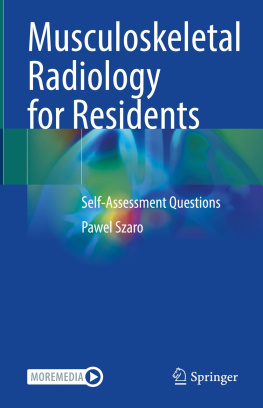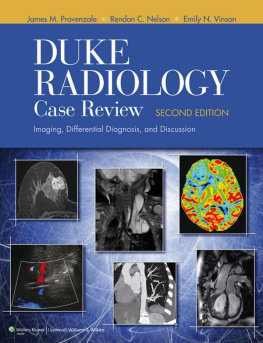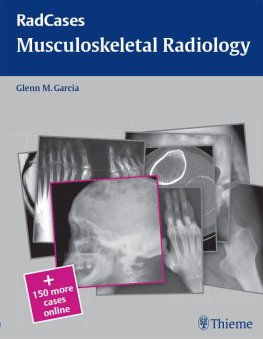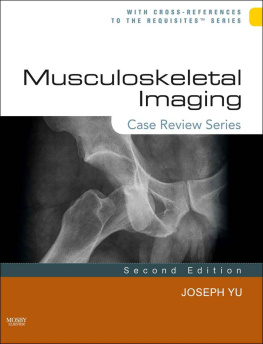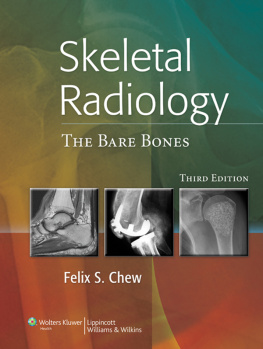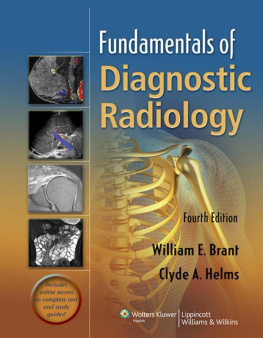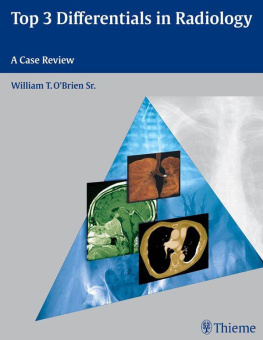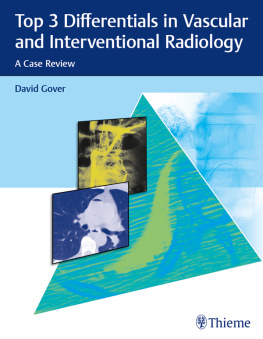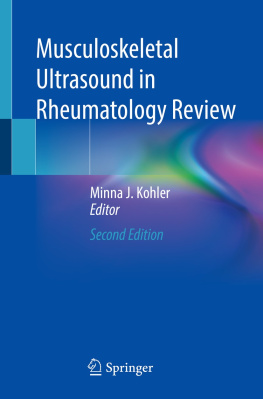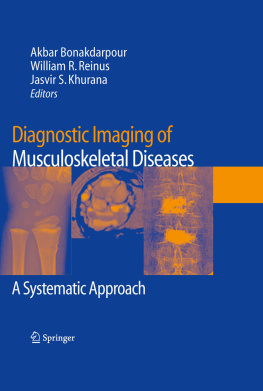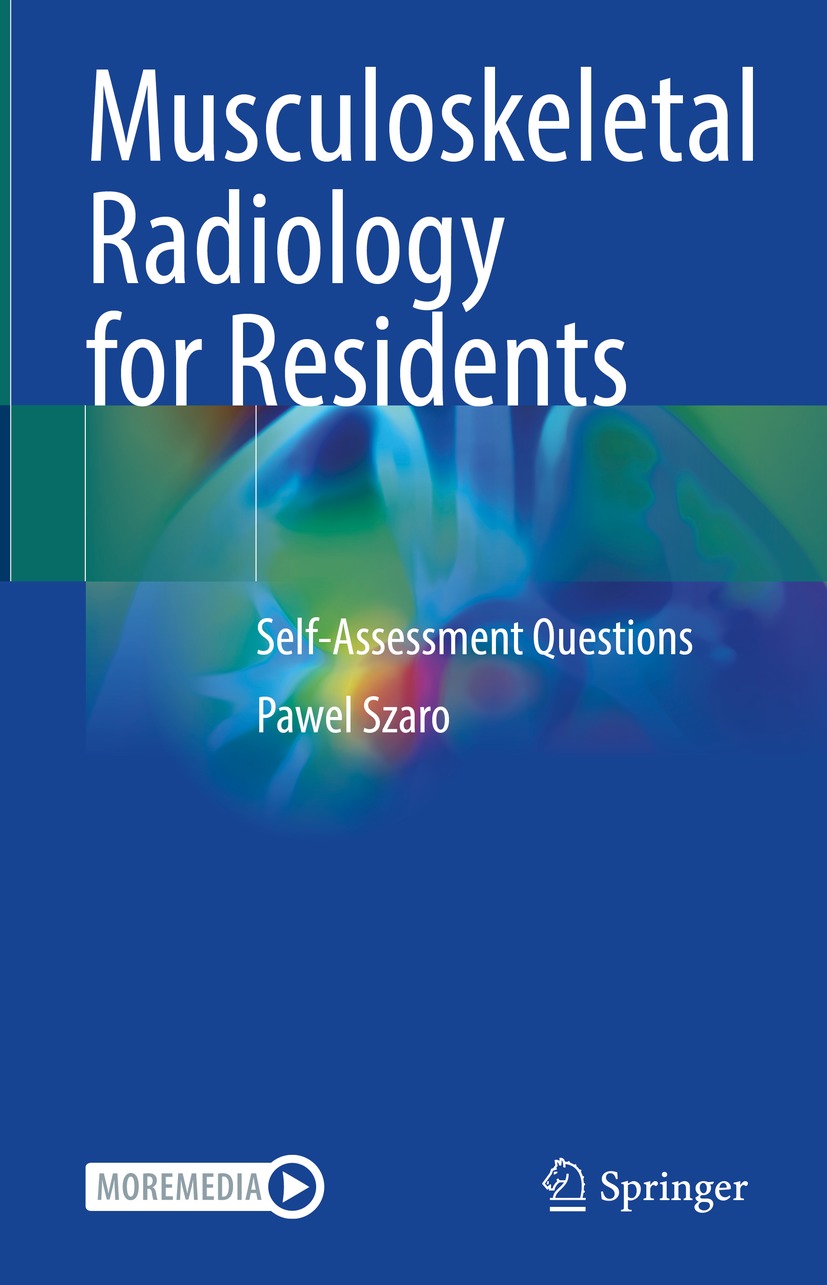Pawel Szaro - Musculoskeletal Radiology for Residents: Self-Assessment Questions
Here you can read online Pawel Szaro - Musculoskeletal Radiology for Residents: Self-Assessment Questions full text of the book (entire story) in english for free. Download pdf and epub, get meaning, cover and reviews about this ebook. year: 2022, publisher: Springer, genre: Detective and thriller. Description of the work, (preface) as well as reviews are available. Best literature library LitArk.com created for fans of good reading and offers a wide selection of genres:
Romance novel
Science fiction
Adventure
Detective
Science
History
Home and family
Prose
Art
Politics
Computer
Non-fiction
Religion
Business
Children
Humor
Choose a favorite category and find really read worthwhile books. Enjoy immersion in the world of imagination, feel the emotions of the characters or learn something new for yourself, make an fascinating discovery.
- Book:Musculoskeletal Radiology for Residents: Self-Assessment Questions
- Author:
- Publisher:Springer
- Genre:
- Year:2022
- Rating:4 / 5
- Favourites:Add to favourites
- Your mark:
Musculoskeletal Radiology for Residents: Self-Assessment Questions: summary, description and annotation
We offer to read an annotation, description, summary or preface (depends on what the author of the book "Musculoskeletal Radiology for Residents: Self-Assessment Questions" wrote himself). If you haven't found the necessary information about the book — write in the comments, we will try to find it.
This book allows residents and specialists in radiology to assess knowledge about musculoskeletal radiology. Most of the books questions, stemming from the authors experience of teaching residents in radiology at Sahlgrenska University Hospital in Gothenburg, Sweden, are very practical and often based on differential diagnosis, which is crucial in musculoskeletal radiology. Problem-based learning is useful in deep learning and allows a better understanding of pathological processes in the bones, joints, tendons, and muscles. The questions focus on clinical problems encountered during radiological examinations like MRI (the most fascinating and difficult one for residents), CT, ultrasound, or x-rays, and are intended to stimulate the daily evaluation of examinations.
The book, enriched by videos as electronic supplementary material, is written for practitioners who evaluate examinations in musculoskeletal radiology. The information contained in the book is up-to-date and consistent with the results of the current scientific researches, which can be found under the answer to each question in the form of a concise summary.
The current proposal will fill a gap in the radiological literature in comprehensive self-assessment of musculoskeletal radiology and can be used by residents and young specialists.
Pawel Szaro: author's other books
Who wrote Musculoskeletal Radiology for Residents: Self-Assessment Questions? Find out the surname, the name of the author of the book and a list of all author's works by series.

